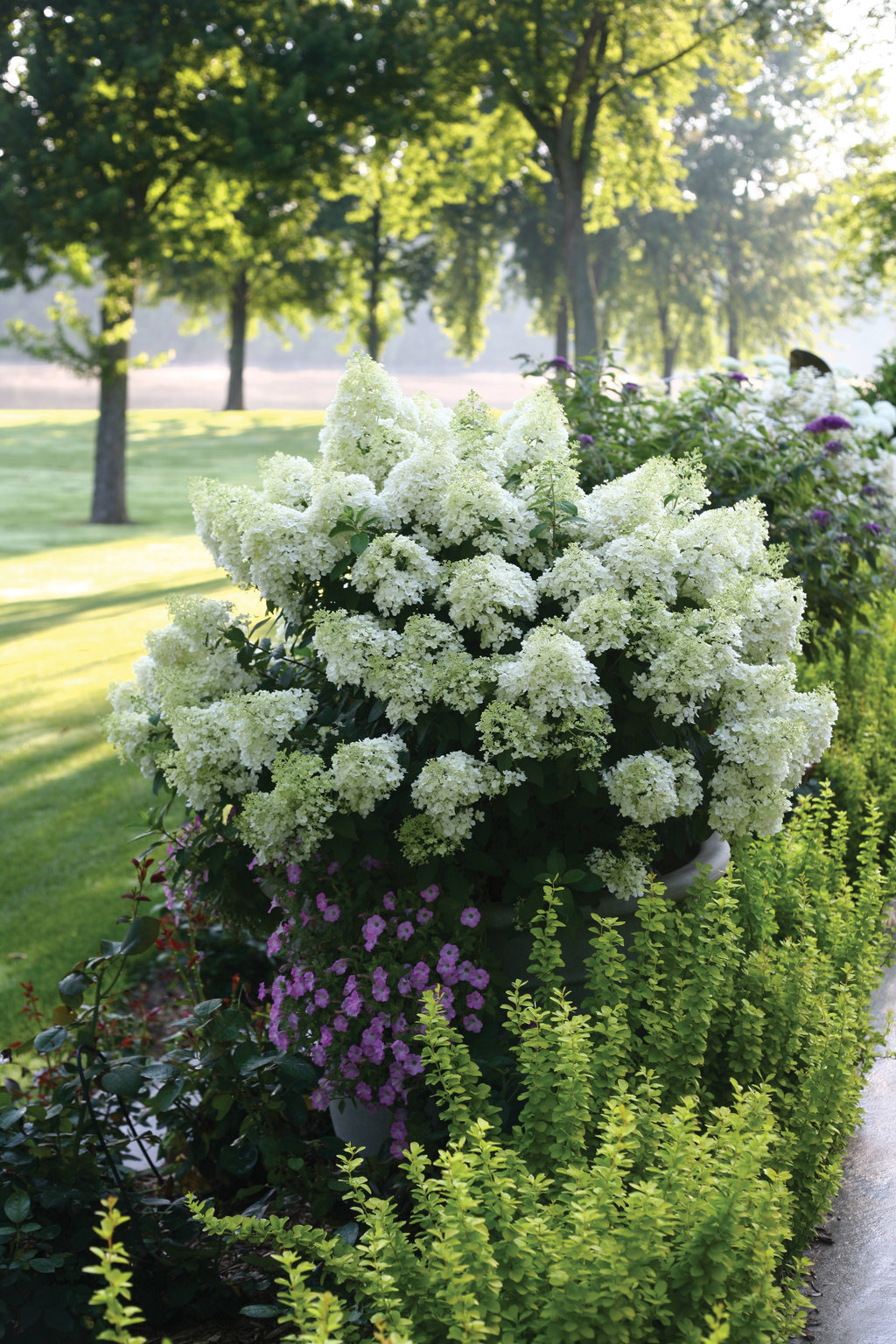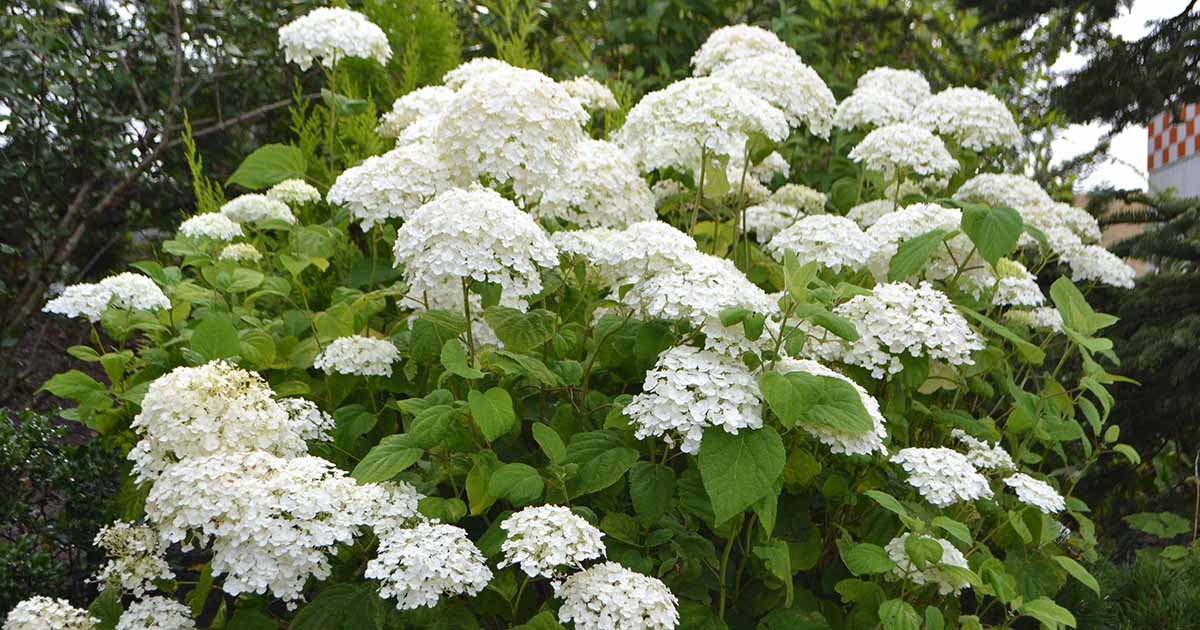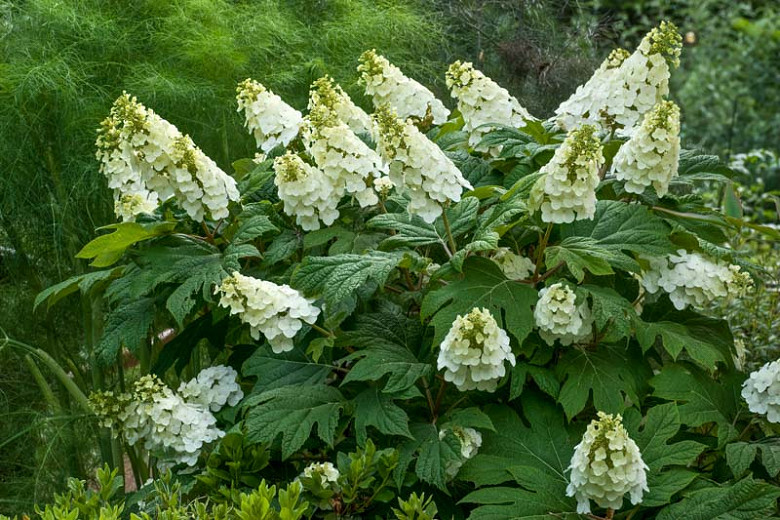Hydrangeas: The Ultimate Guide To Growing And Caring For These Gorgeous Blooms
Hydrangeas are some of the most popular flowering shrubs in the world, and for good reason. They come in a wide variety of colors, sizes, and shapes, and they can be grown in a variety of climates. Whether you're a beginner gardener or an experienced horticulturist, hydrangeas are a great choice for adding beauty and interest to your landscape.
In this blog post, we will provide you with the ultimate guide to growing and caring for hydrangeas. We will cover everything from choosing the right variety to planting and pruning, as well as tips on how to get the best blooms possible.
Choosing the Right Variety
There are over 70 species of hydrangeas, and each one has its own unique characteristics. When choosing a variety for your garden, there are a few factors you'll need to consider, such as climate, size, and color.
Climate
Hydrangeas are generally hardy in Zones 3-9, but there are some varieties that can tolerate colder or warmer climates. If you live in a cold climate, you'll want to choose a variety that is hardy to at least Zone 3. If you live in a warm climate, you'll want to choose a variety that is hardy to at least Zone 9.
Size
Hydrangeas can range in size from small shrubs to large trees. If you have limited space, you'll want to choose a smaller variety. If you have more space, you can choose a larger variety.
Color
Hydrangeas come in a wide variety of colors, including white, pink, blue, purple, and green. The color of your hydrangeas will depend on the pH of the soil. In acidic soil, hydrangeas will bloom blue or purple. In neutral soil, they will bloom pink. In alkaline soil, they will bloom white or green.
Planting and Care
Once you've chosen the right variety of hydrangea, it's time to plant it. Hydrangeas prefer full sun to partial shade. They also prefer moist, well-drained soil. When planting your hydrangea, dig a hole that is twice as wide as the root ball and as deep as the root ball. Backfill the hole with soil, being careful not to bury the crown of the plant. Water the plant well after planting.
Hydrangeas need regular watering, especially during the first year after planting. Water your hydrangeas deeply once a week, or more often during hot, dry weather. You may also need to fertilize your hydrangeas once a year in the spring. Use a balanced fertilizer, such as 10-10-10.
Pruning
Hydrangeas can be pruned in the spring or fall. If you prune in the spring, you will encourage new growth and blooms. If you prune in the fall, you will help to shape the plant and remove any dead or damaged branches.
Overwintering
If you live in a cold climate, you may need to protect your hydrangeas from the cold winter weather. You can do this by wrapping the plant in burlap or by covering it with a tarp. You may also need to mulch the plant to help insulate the roots.
Troubleshooting
Hydrangeas are generally hardy plants, but they can be susceptible to a few problems, such as leaf spot, powdery mildew, and aphids. If you notice any problems with your hydrangeas, you can treat them with a fungicide or insecticide.
With proper care, hydrangeas can thrive for many years. They are a beautiful and versatile plant that can add color and interest to any garden.
Hydrangeas are beautiful flowering shrubs that are known for their large, showy blooms. There are many different types of hydrangeas, each with its own unique color and shape. Some of the most popular types of hydrangeas include:
- Mophead hydrangeas have large, round clusters of flowers that resemble mop heads.
- Lacecap hydrangeas have flat clusters of flowers with a lace-like appearance.
- Panicle hydrangeas have tall, cone-shaped clusters of flowers.
- Oakleaf hydrangeas have large, heart-shaped leaves and clusters of small, white flowers.
Hydrangeas are relatively easy to care for and can be grown in a variety of climates. They prefer moist, well-drained soil and full sun to partial shade. Hydrangeas can be propagated by cuttings or division.
If you are interested in learning more about hydrangeas, I recommend visiting . This website has a wealth of information about hydrangeas, including different types, care tips, and propagation methods. You can also find photos and videos of hydrangeas in bloom.
FAQ of hydrangea's
1. What are the 5 most common types of hydrangeas?
There are over 70 species of hydrangeas, but the 5 most common types are:
- Hydrangea macrophylla: These hydrangeas are known for their large, showy flowers that can be blue, pink, or white. They are native to East Asia and prefer moist, acidic soil.

- Hydrangea paniculata: These hydrangeas produce large, cone-shaped clusters of flowers that can be white, pink, or purple. They are native to East Asia and prefer well-drained soil.

- Hydrangea arborescens: These hydrangeas are known for their small, white flowers that bloom in the spring. They are native to North America and prefer moist, well-drained soil.

- Hydrangea quercifolia: These hydrangeas are known for their large, oak-shaped leaves and their panicles of white or pink flowers. They are native to the southeastern United States and prefer well-drained soil.

- Hydrangea petiolaris: These hydrangeas are known as climbing hydrangeas because they can climb up to 30 feet tall. They produce white flowers in the summer. They are native to East Asia and prefer moist, well-drained soil.

2. What is the best time to plant hydrangeas?
The best time to plant hydrangeas is in the spring or fall, when the weather is cool and moist. If you live in a warm climate, you can plant hydrangeas in the winter.
3. How do I care for hydrangeas?
Hydrangeas need full sun to partial shade and moist, well-drained soil. They should be watered regularly, especially during the first year after planting. In the fall, you can add a layer of mulch around the base of the plant to help retain moisture and prevent weeds.
4. How do I change the color of my hydrangeas?
The color of hydrangea flowers is determined by the acidity of the soil. In acidic soil, hydrangeas will bloom blue flowers. In alkaline soil, hydrangeas will bloom pink flowers. You can change the color of your hydrangeas by adjusting the pH of the soil. To make the soil more acidic, add peat moss or sulfur. To make the soil more alkaline, add lime.
5. Are hydrangeas poisonous?
Yes, hydrangeas are poisonous to humans and animals. The leaves, stems, and flowers of hydrangeas contain a toxin called glycoside cyanogenic. If ingested, this toxin can cause nausea, vomiting, diarrhea, and difficulty breathing. If you think you or your pet has ingested hydrangeas, it is important to seek medical attention immediately.
Image of hydrangea's
- Hydrangea macrophylla is a popular species of hydrangea that is known for its large, colorful blooms. This particular hydrangea is in full bloom, with its flowers ranging in color from blue to pink.

- Hydrangea paniculata is another popular species of hydrangea that is known for its conical blooms. This particular hydrangea is in the early stages of blooming, with its flowers just starting to open.

- Hydrangea arborescens is a smaller species of hydrangea that is known for its white flowers. This particular hydrangea is in full bloom, and its flowers are arranged in a cascading pattern.

- Hydrangea quercifolia is a species of hydrangea that is known for its oak-shaped leaves. This particular hydrangea is in the fall, and its leaves have turned a beautiful shade of red.

- Hydrangea petiolaris is a species of hydrangea that is known for its climbing habit. This particular hydrangea is climbing up a tree, and its flowers are blooming in shades of pink and blue.

Post a Comment for "Hydrangeas: The Ultimate Guide To Growing And Caring For These Gorgeous Blooms"